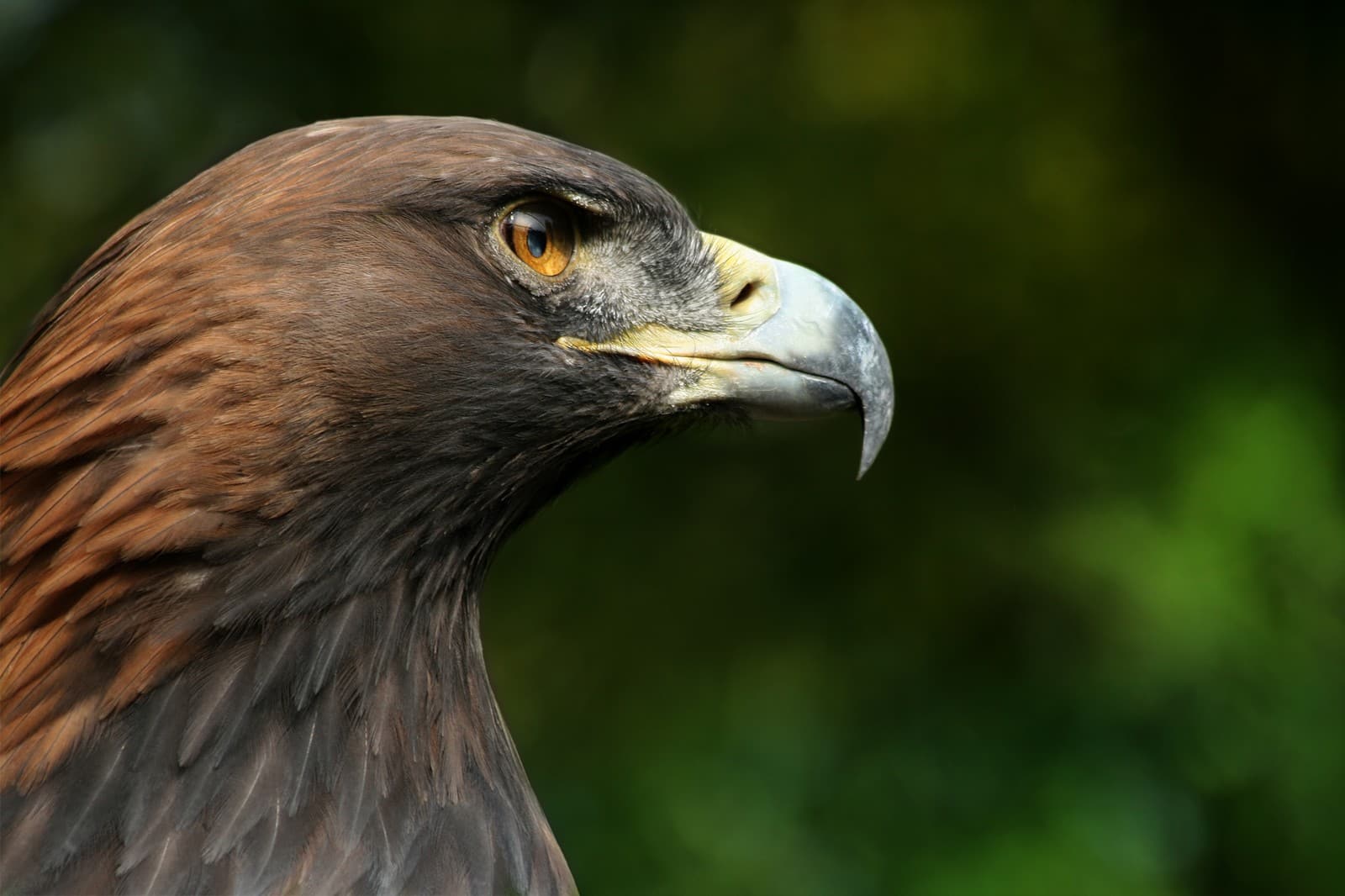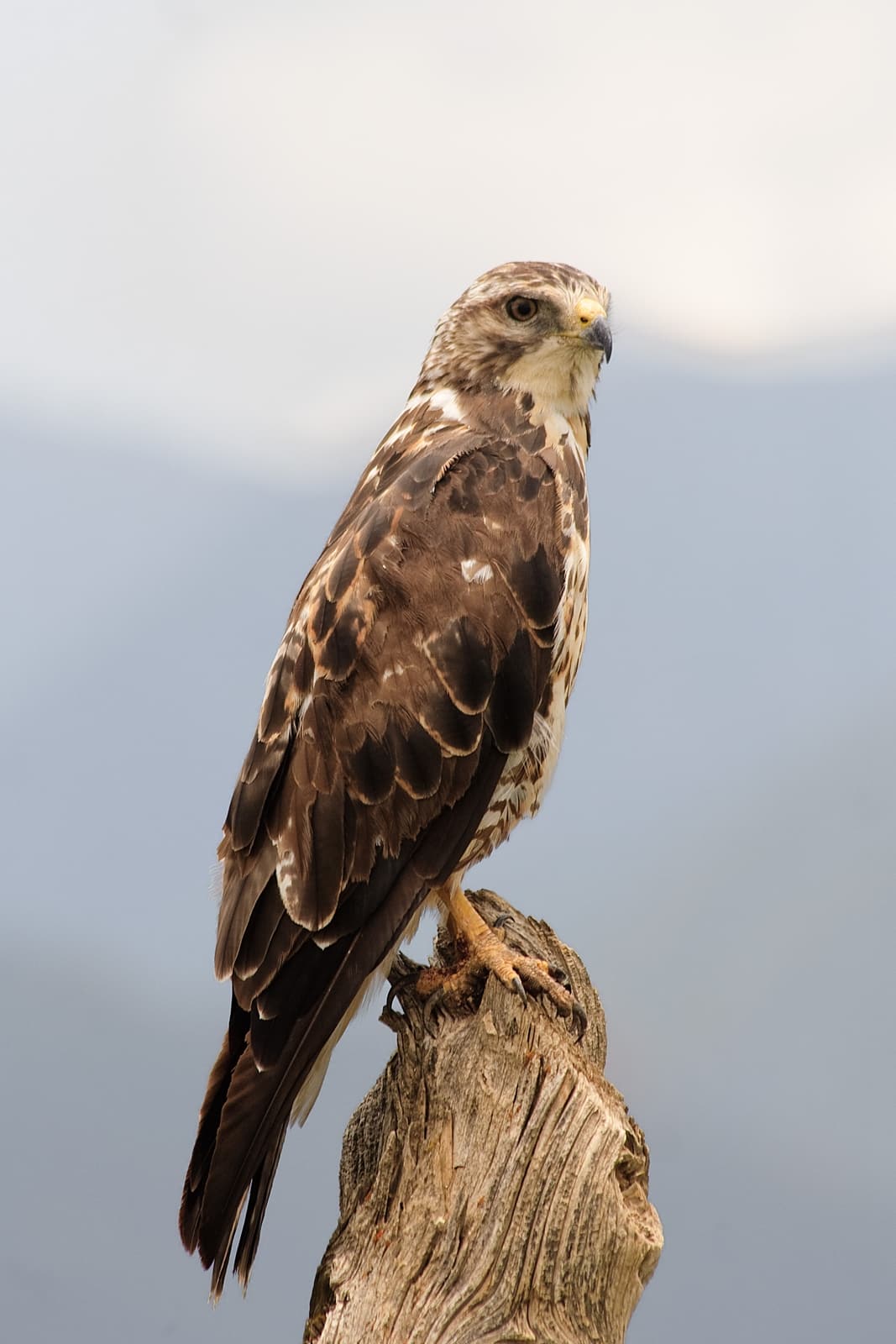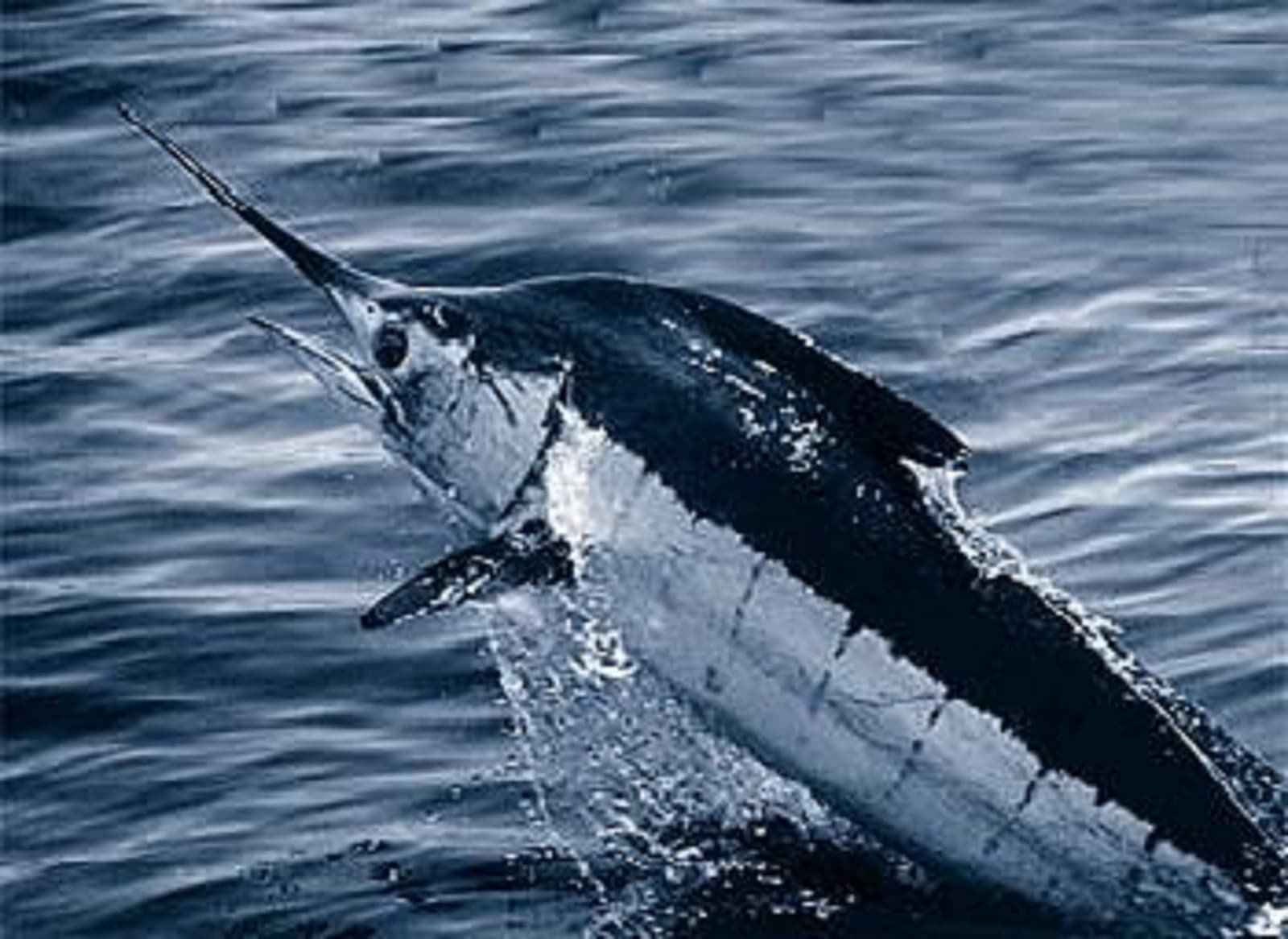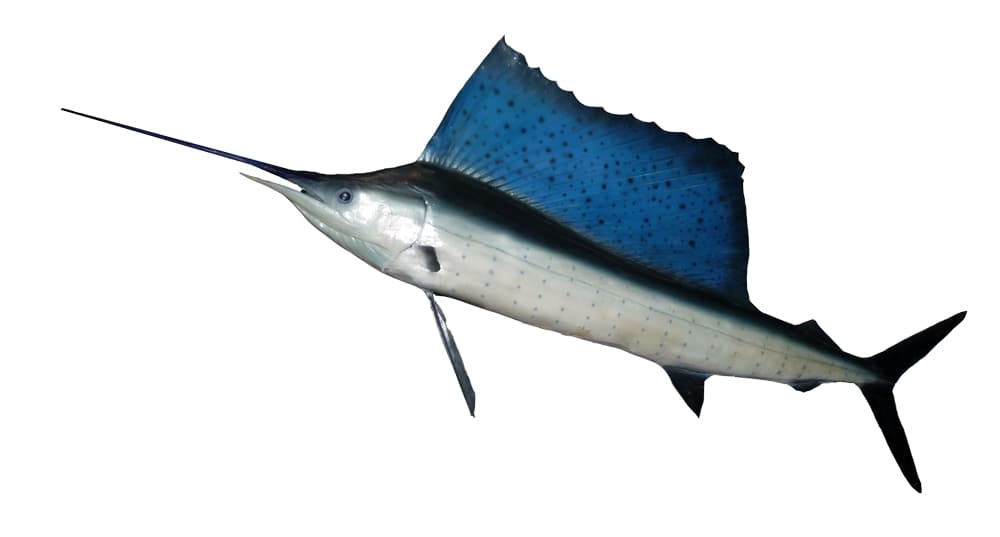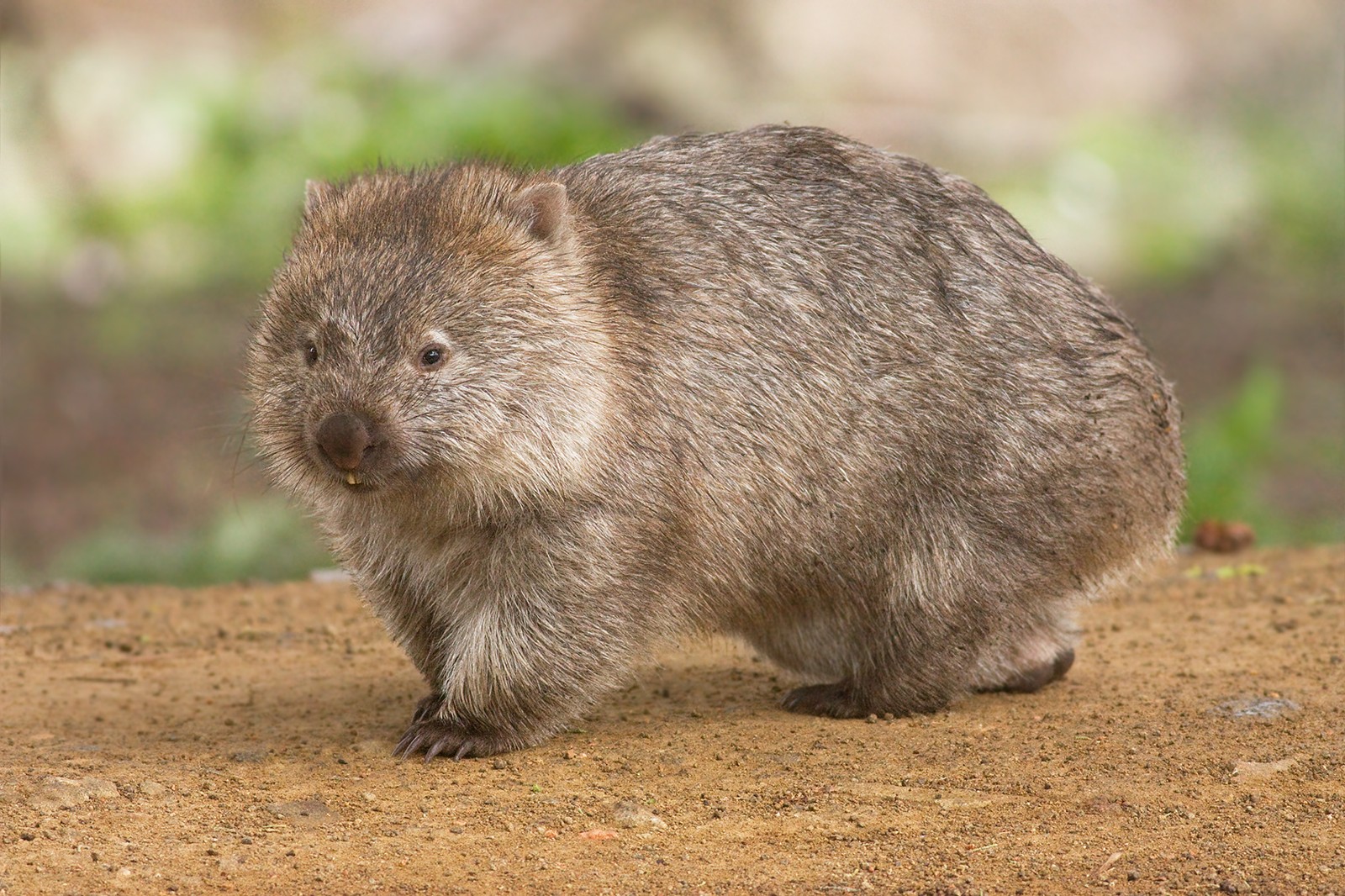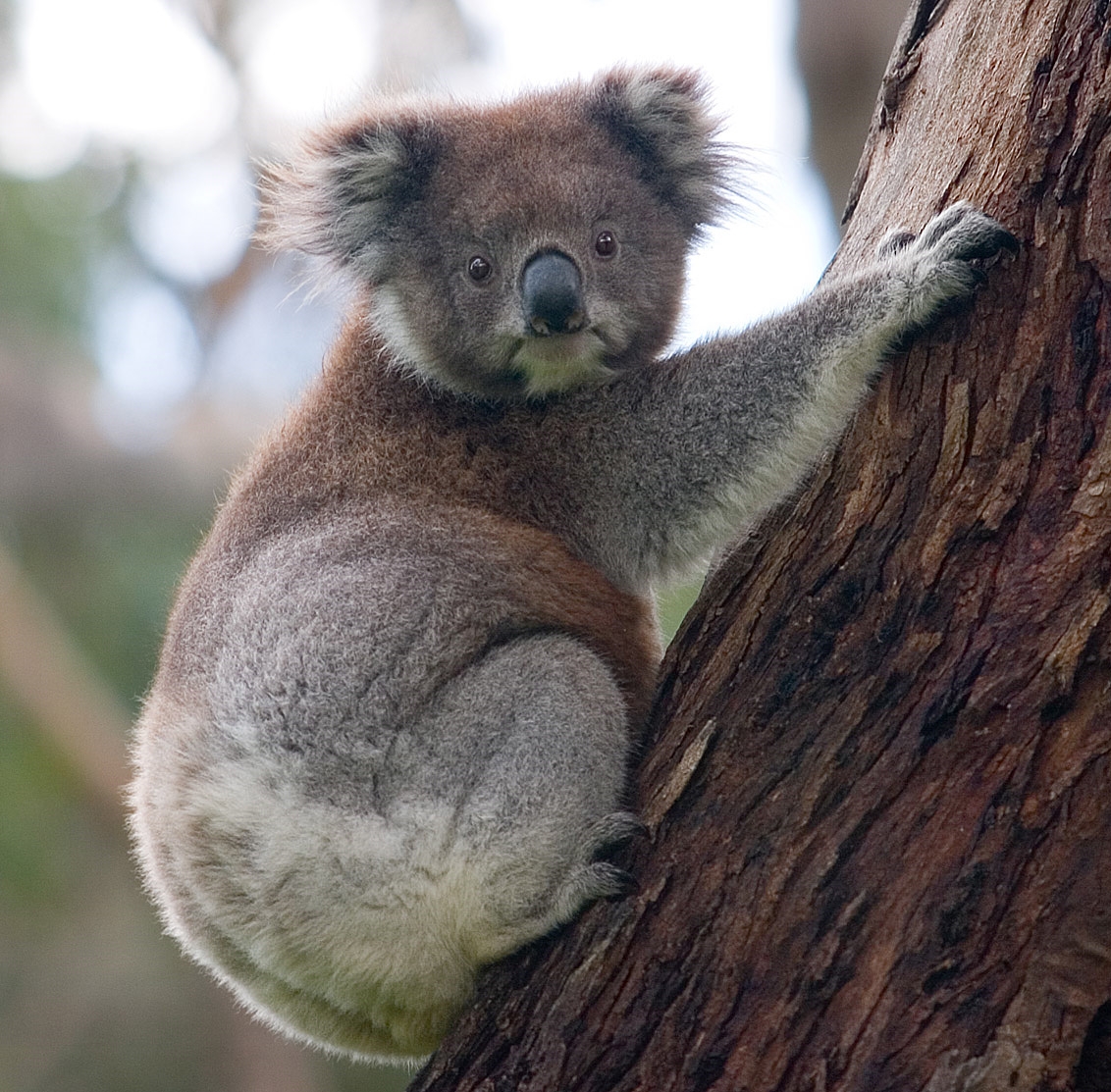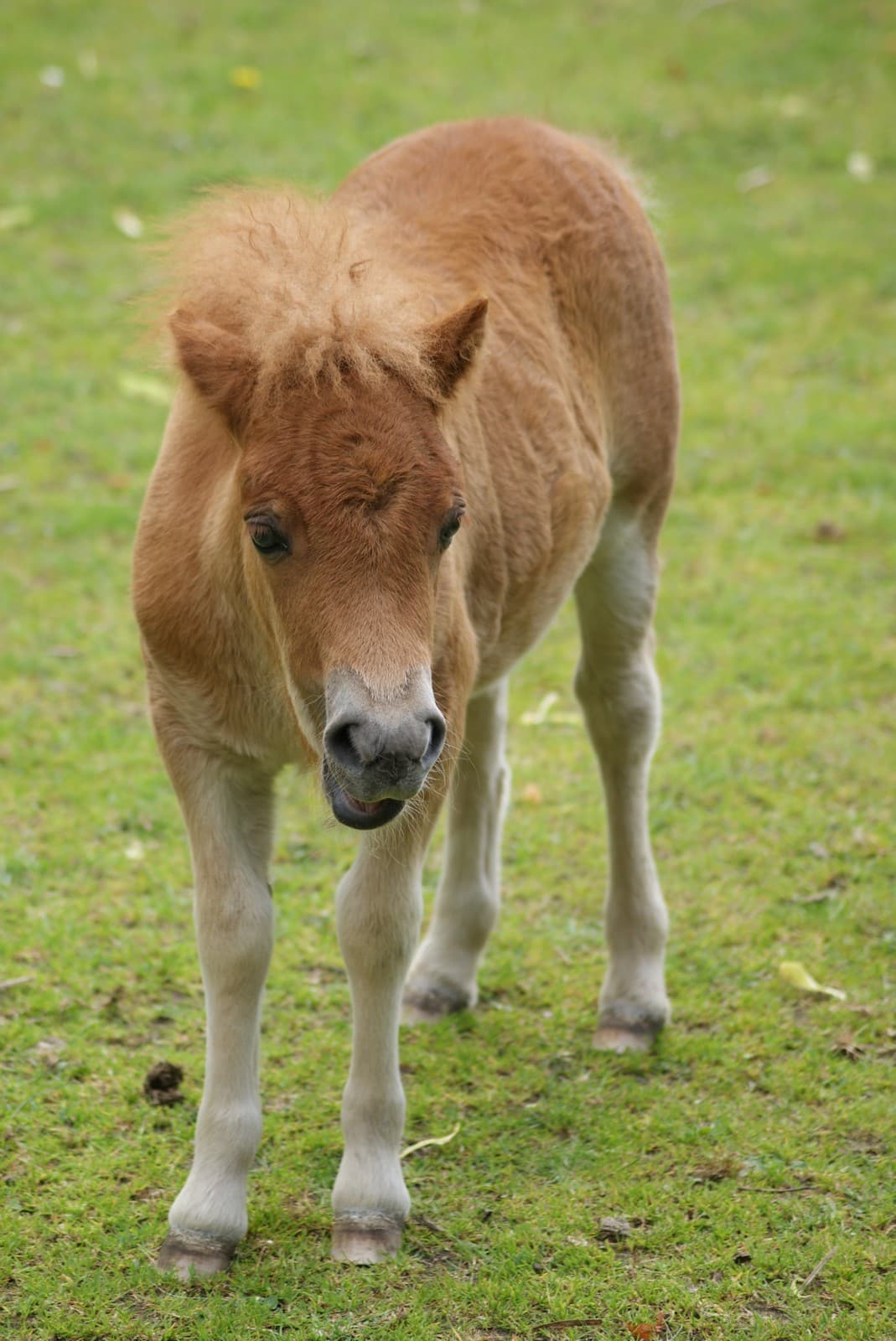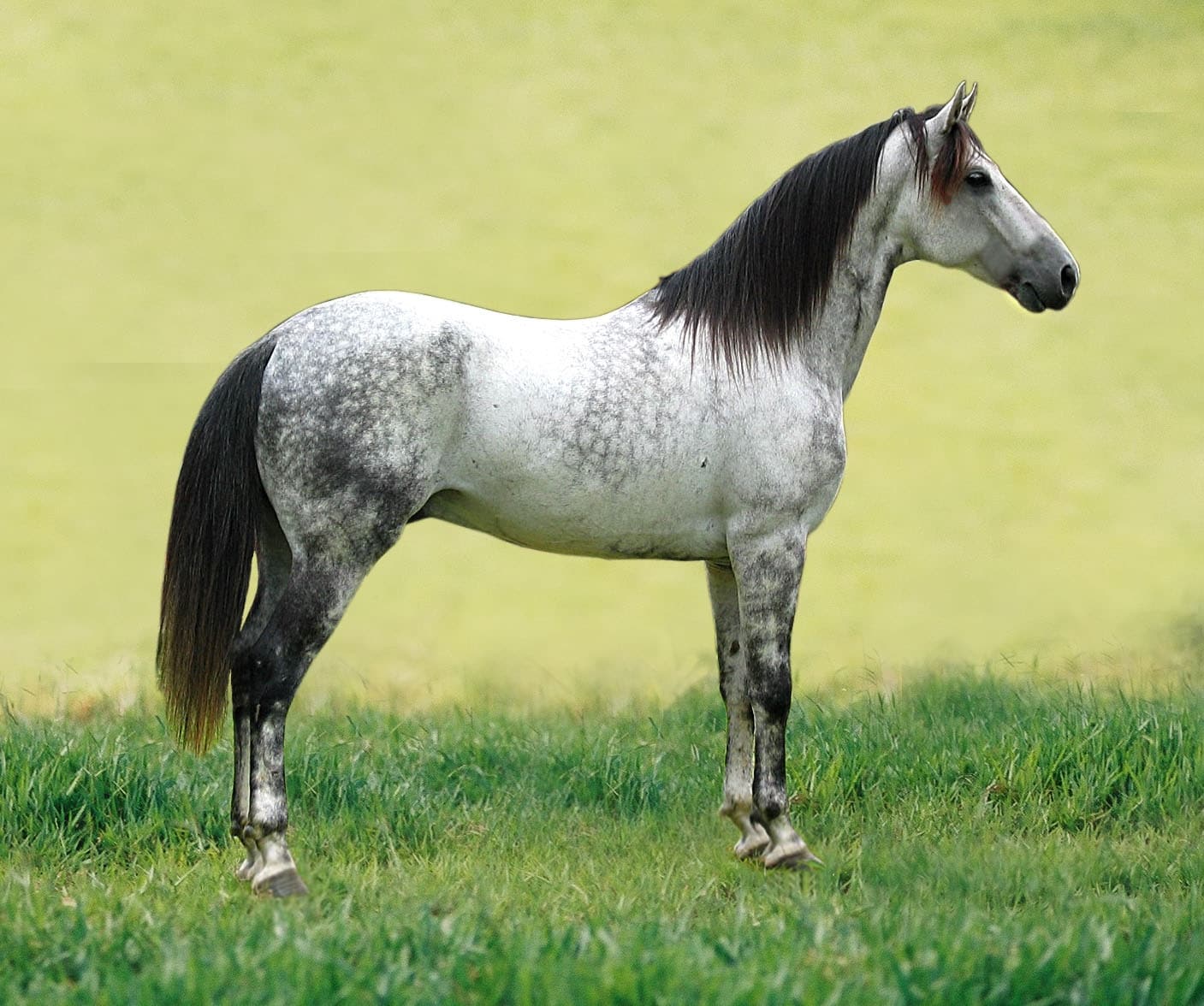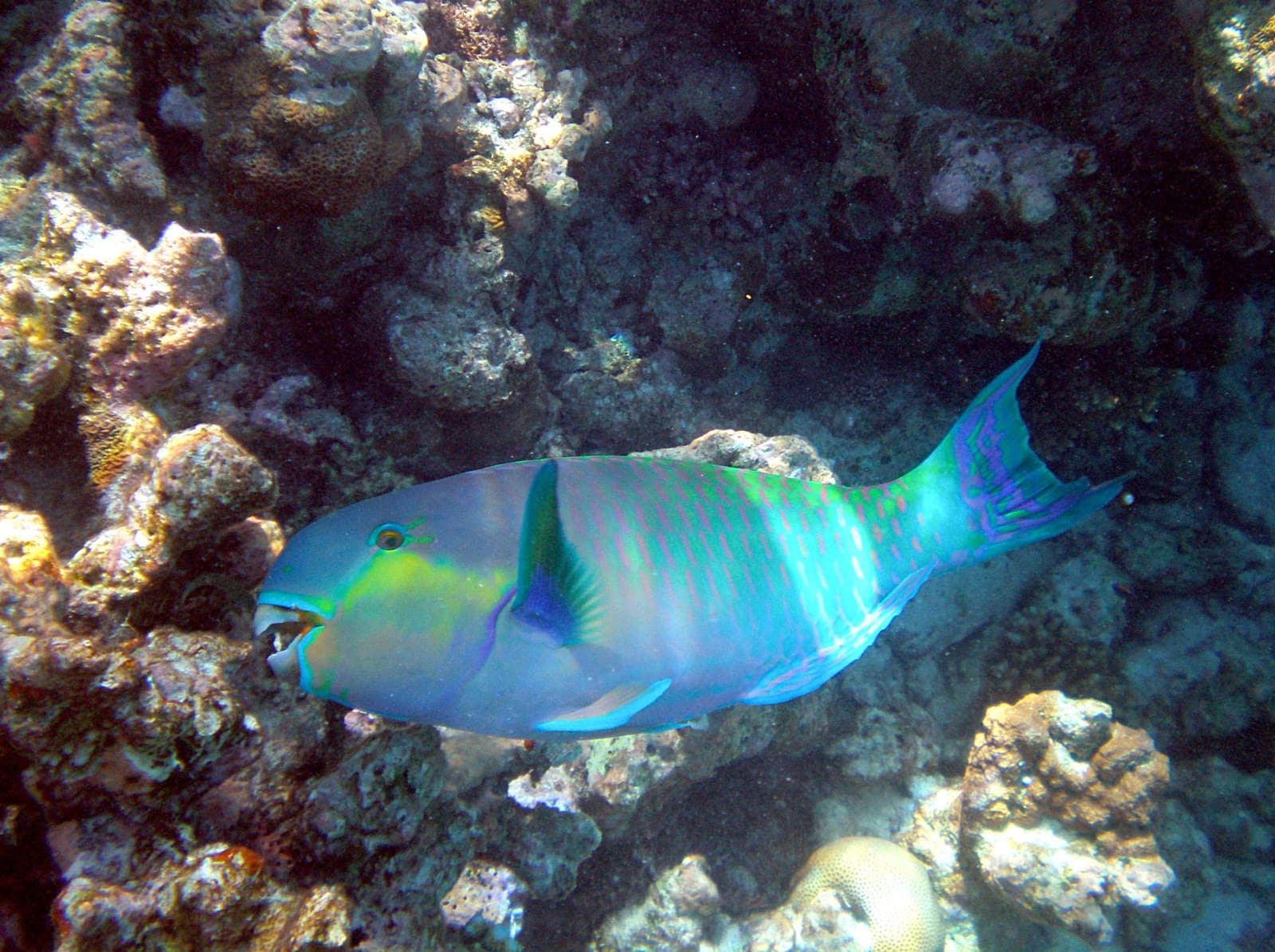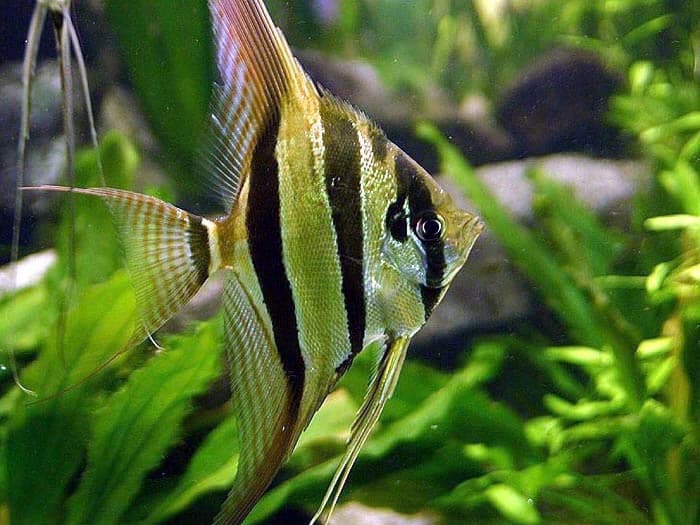Arctic Hare vs Snowshoe Hare: A Complete Comparison
When comparing Arctic Hare vs Snowshoe Hare, size presents the most striking difference – Arctic Hares are significantly larger, weighing up to 13 pounds (5.9 kg), while Snowshoe Hares typically reach only 4 pounds (1.8 kg). These northern lagomorphs have evolved distinct adaptations for survival in their respective habitats, with Arctic Hares preferring treeless tundra and Snowshoe Hares inhabiting boreal forests.
Both species showcase remarkable seasonal camouflage, changing their coat colors to match their surroundings. However, their survival strategies and social behaviors differ considerably. Arctic Hares often gather in groups of hundreds during winter, while Snowshoe Hares maintain more solitary lifestyles, relying on dense forest cover for protection.
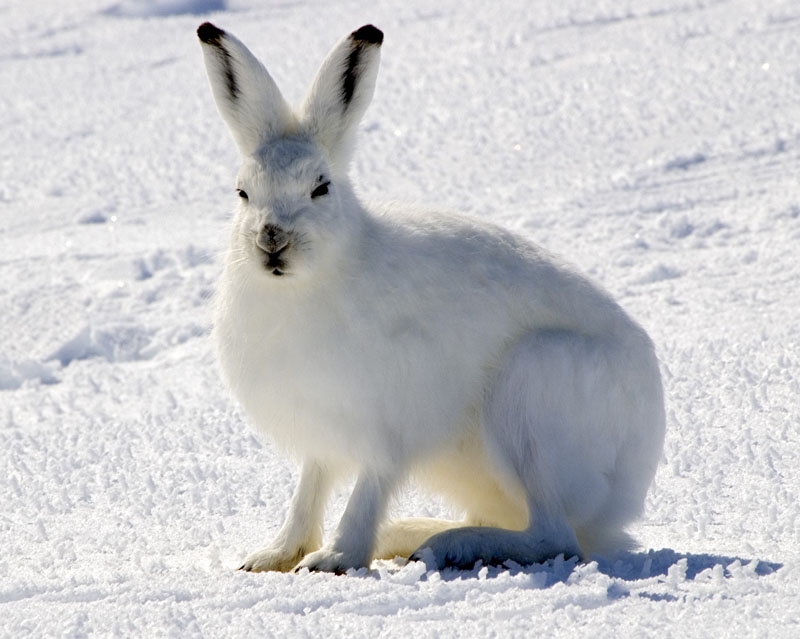
© Steve Sayles from Rankin Inlet, Nunavut, Canada / CC BY-SA 2.0
The Arctic Hare displays its characteristic winter white coat, perfectly adapted for survival in the harsh tundra environment. Note the compact body shape and shorter ears compared to its forest-dwelling cousin, the Snowshoe Hare.
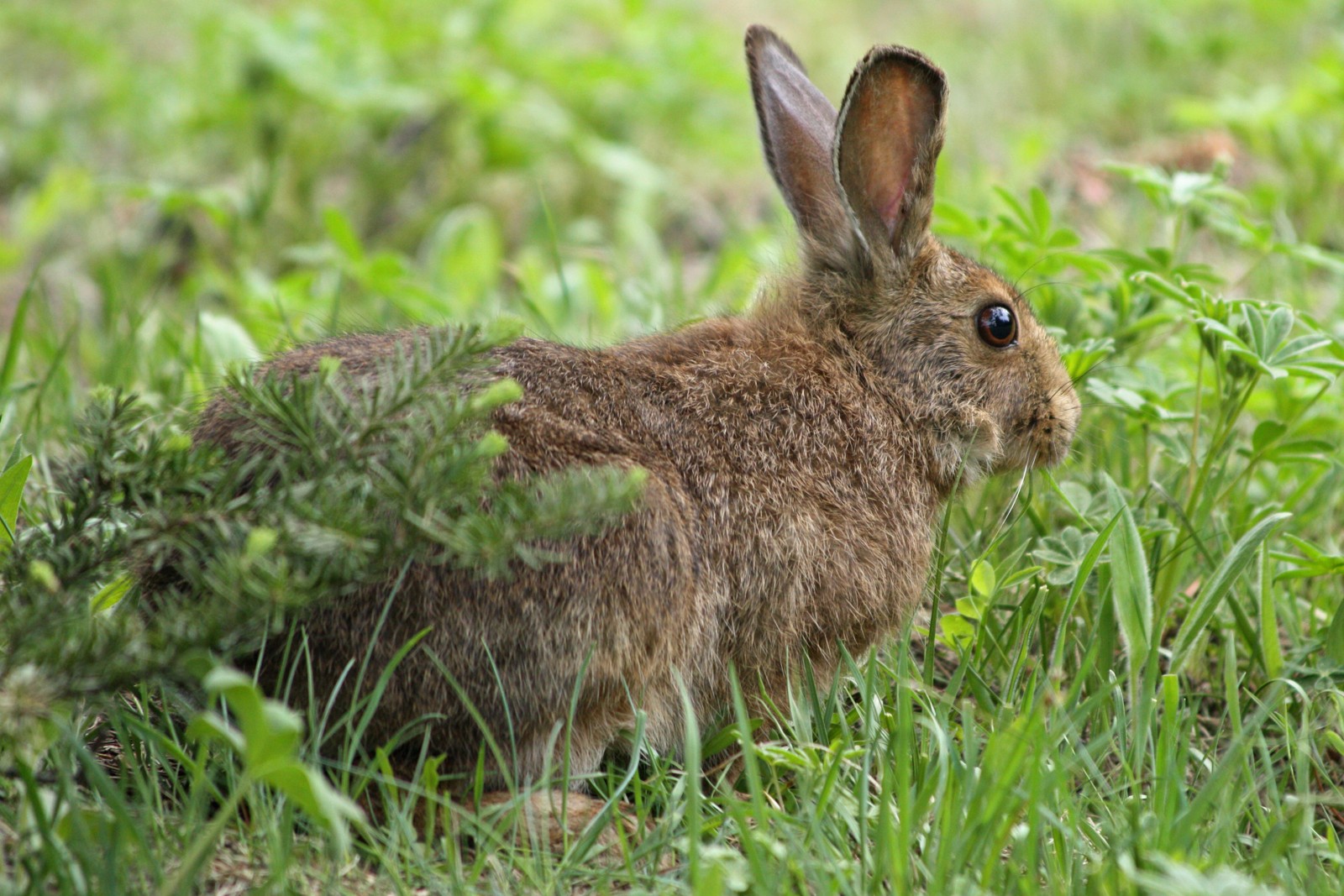
© Lepus_americanus_5459.JPG: Walter Siegmund (talk) derivative work: Wsiegmund / CC BY-SA 3.0
The Snowshoe Hare exhibits its summer brown pelage, demonstrating the species’ remarkable seasonal adaptation. Its larger ears and more slender build distinguish it from the Arctic Hare, reflecting its forest habitat requirements.
Key Differences Between Arctic Hare and Snowshoe Hare
| Feature | Arctic Hare | Snowshoe Hare |
|---|---|---|
| Size | 13 lbs (5.9 kg) | 4 lbs (1.8 kg) |
| Habitat | Treeless tundra | Boreal forest |
| Social Behavior | Forms large groups | Mostly solitary |
| Ear Length | 2.8-3.1 inches (7-8 cm) | 3.7-4.3 inches (9.5-11 cm) |
| Winter Range | Stays active in Arctic | Migrates south |
| Diet | Woody plants, lichens | Leaves, buds, bark |
Habitat and Distribution
Arctic Hares have adapted to life in the harsh tundra regions, ranging across northern Greenland, Canada, and Alaska. These hardy creatures remain active throughout the Arctic winter, using their compact bodies and shorter ears to conserve heat. Their powerful hind legs allow them to dig through deep snow to access food resources.
Snowshoe Hares, meanwhile, occupy the boreal forests of North America, from Alaska to the northern United States. They rely heavily on dense understory vegetation for cover and prefer areas with thick brush and young forest growth. During winter, they may migrate to lower elevations where food is more readily available.
Survival Adaptations
Physical Adaptations
Both species undergo dramatic seasonal coat changes, but their adaptations reflect different environmental pressures. Arctic Hares maintain their white coat longer, sometimes year-round in the highest latitudes. Their fur is also 30% denser than that of Snowshoe Hares, providing crucial insulation against extreme Arctic temperatures.
Snowshoe Hares display more variable coat coloring, changing from brown in summer to white in winter over approximately 10 weeks. Their namesake feature – large, snowshoe-like hind feet – helps them move efficiently across deep snow while providing quick acceleration to escape predators.
Behavioral Differences
Arctic Hares demonstrate unique social behaviors, forming groups of up to 300 individuals during winter. This strategy helps with predator detection and allows them to share the work of digging through snow to access food. They can travel up to 12 miles (19 km) per day in search of food resources.
Snowshoe Hares maintain more solitary lifestyles, relying on camouflage and quick bursts of speed to avoid predation. They can reach speeds of 27 mph (43 km/h) and change direction rapidly, making them challenging targets for predators in their forest habitat.
Diet and Feeding Habits
Arctic Hares have evolved to survive on woody plants, lichens, and mosses – vegetation that remains accessible during the long Arctic winter. Their strong jaws and specialized digestive systems allow them to extract maximum nutrition from these tough plant materials.
Snowshoe Hares prefer a more varied diet of leaves, buds, and bark from deciduous and coniferous trees. During summer, they supplement their diet with grasses, ferns, and other herbaceous plants. This dietary flexibility reflects the greater plant diversity available in their forest habitat.
Conservation Status and Threats
Both species face challenges from climate change, but in different ways. Arctic Hares are particularly vulnerable to warming temperatures that affect snow cover patterns and vegetation distribution in the tundra. Changes in the timing of seasonal transitions can leave them mismatched with their environment, increasing predation risk.
Snowshoe Hares face threats from habitat fragmentation and changes in forest composition. Their population cycles, which typically fluctuate on a 10-year basis, may become disrupted by climate-induced changes in predator-prey relationships and vegetation patterns.
Through understanding these differences between Arctic Hare vs Snowshoe Hare, we gain valuable insights into how closely related species can evolve distinct adaptations to survive in challenging northern environments. Their continued study provides important indicators of ecosystem health and climate change impacts in North American wilderness areas.
